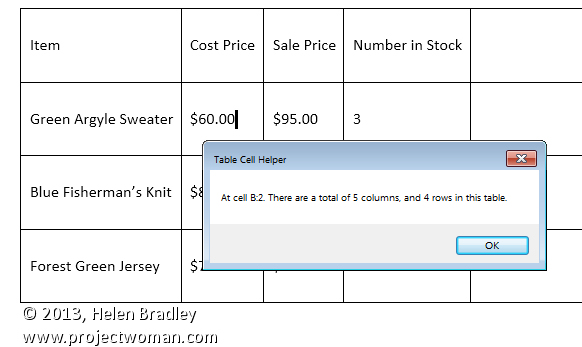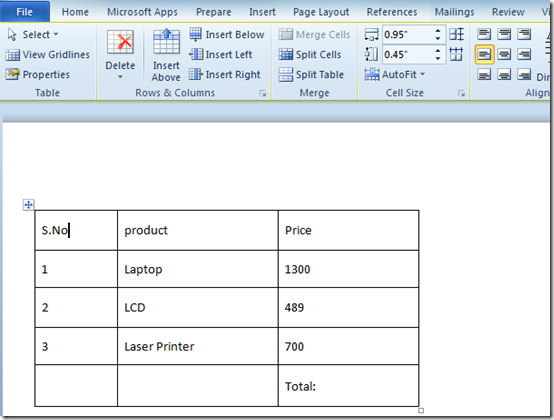
You can toggle the Total Row display via Table Tools Design Table Style Options Total Row.When editing some documents involving mathematical formulas and symbols in Word, it can be a challenge to input them because you may not be able to find the corresponding buttons on keyboard. (I discuss this further in the upcoming section, “Referencing data in a table.”)Ī drop-down list enables you to select a summary formula for a table column. Using the column name within brackets creates “structured” references within a table. The second argument for the SUBTOTAL function is the column name, in square brackets. Excel creates this formula:įor the SUBTOTAL function, 109 is an enumerated argument that represents SUM. For example, to calculate the sum of the Actual column, select SUM from the drop-down list in cell D15. Activate a cell in the Total Row and use the drop-down list to select the type of summary formula to use (see Figure 10.11). Place a check mark next to Table Tools Design Table Style Options Totalģ. Simply click a button to add a row of summary formulas to the table:Ģ. If you’d like to calculate the total projected and total actual sales, you don’t even need to write a formula. This workbook is available on the companion CD-ROM. Note that I didn’t define any names, but the table is named Table1 by default.Ī simple table with three columns of information.Ĭhapter 10: Introducing Formulas and Functions I entered the data, and then converted the range to a table by choosing Insert Tables Table. nįigure 10.10 shows a simple table with three columns. See Chapter 5 for an introduction to the Excel table features. In this section, I describe how formulas work with tables. n Using Formulas in TablesĪ table is a specially designated range of cells, set up with column headers. Therefore, if you plan to copy the formula to other cells, make sure that you change the cell references to relative before you copy. If you point to a different worksheet or workbook when creating a formula, you’ll notice that Excel always inserts absolute cell references. The workbook you’re referencing in your formula must be open if you’re going to use the pointing method. Excel takes care of the details regarding the workbook and worksheet references.

To create formulas that refer to cells not in the current worksheet, point to the cells rather than entering their references manually. See Chapter 27 for more information about linking workbooks. Part II: Working with Formulas and Functions Reviewing the Available ActiveX Controls.Understanding the Different Web Formats.Working with External Reference Formulas.

Using Formulas for Data Validation Rules.Types of Validation Criteria You Can Apply.Displaying a Sparkline for a Dynamic Range.User Interface Choices for Modifying Chart Elements.Understanding the Dimensions of an Array.Conditional Sums Using Multiple Criteria.Conditional Sums Using a Single Criterion.Creating Custom Views of Your Worksheet.Preventing Certain Cells from Being Printed.Copying Page Setup Settings across Sheets.Adding a Header or Footer to Your Reports.Using Named Styles for Easier Formatting.



 0 kommentar(er)
0 kommentar(er)
